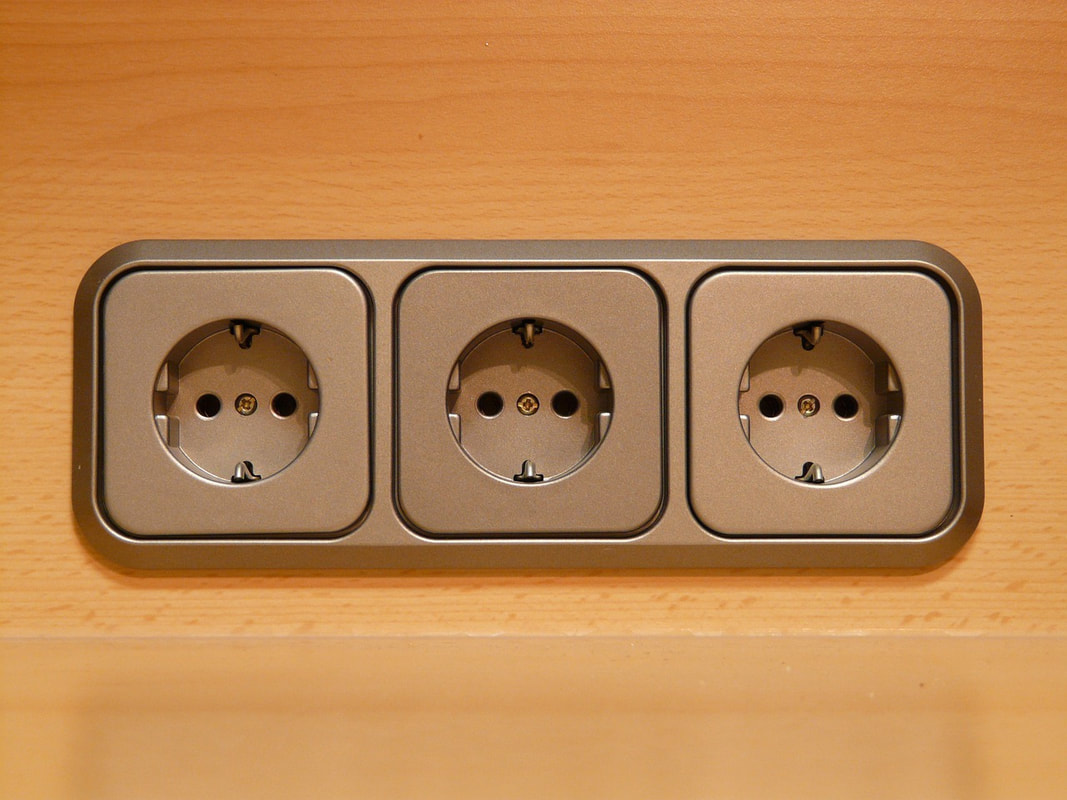|
By: A. Silva Hofstadler Picture from: https://beautybusinessjournal.com/pt/embaixadores-virtuais-influenciadores-da-cgi-n%C3%A3o-s%C3%A3o-mais-apenas-uma-tend%C3%AAncia/
0 Comments
By: D. Westphalen Have you ever thought about how important electrical outlets are? You would probably not be able to read this article if it was not for Harvey Hubbell’s brilliant invention of the light socket in 1896. For over a century, electrical sockets have provided us with electricity for our day-to-day tasks. As the world becomes more modern, electricity has turned into more of a necessity than a luxury, with most activities relying on energy and technology. Recently, schools worldwide have adopted a more modern style of learning which encompasses the use of computers over books, which has heavily benefitted students.
Technology has expanded the horizons of what students can learn, creating an educational experience that can satisfy almost everyone. An article from Purdue University shows how, “the walls of the classrooms are no longer a barrier as technology enables new ways of learning, communicating, and working collaboratively.” Not only this, but the use of technology helps students worldwide become more active in-class participation and discussions, as seen in an article written by Danika Kimball of Stanford University, where she states that, “with the use of technology, even the quietest students can become active members of group discussions.” These are just a few of the many reasons why technology is beneficial to students, but there are many issues as well. To incorporate technology into a school’s curriculum, students must have the required materials to do so. In the US, over 30 million students are given a Chromebook to use in school, according to a feature from the New York Times, written by Natasha Singer. This does solve some issues, however, not everyone has the resources and assets to charge their computers every night at home, which causes a big problem: students do not have enough battery to work through the day. According to The World Bank, 789 million people do not have electricity at home, and even more, do not have a sufficient amount of energy. This makes students in these positions rely solely on outlets at their schools to charge their devices, but there is one fundamental obstacle: most classrooms only have about four to five outlets for about twenty students. So why not add more outlets to classrooms? No one knows why not. The very aim of this article is to bring to light a devastating issue that thousands of students suffer from daily – outlet shortages in most classrooms. It is prudent that schools make a change to this as the future of many students in our generation may depend on it. Bibliography: Kimball, Danika. The College Puzzle: Stanford University. “Impact Of Technology On Higher Education”, 2 Jun 2017. https://collegepuzzle.stanford.edu/impact-of-technology-on-higher-education/. Accessed 24 Jun 2022 Purdue University. “How Has Technology Changed Education”. https://online.purdue.edu/blog/education/how-has-technology-changed-education#:~:text=Students%20can%20collaborate%20on%20group,roles%20of%20teachers%20and%20learners. Accessed 24 Jun 2022 Singer, Natasha. The New York Times. “How Google Took Over the Classroom” , 13 May 2017. https://www.nytimes.com/2017/05/13/technology/google-education-chromebooks-schools.html. Accessed 24 Jun 2022 Spark Museum of Electrical Invention. “The story of the invention of the electrical plug” https://www.sparkmuseum.org/the-story-of-the-invention-of-the-electrical-plug/#:~:text=Harvey%20Hubbell%2C%20who%20in%201888,pull%20away%20from%20light%20sockets. Accessed 24 Jun 2022 The World Bank. “Energy”, 13 Jul 2020. https://www.worldbank.org/en/topic/energy/overview#1. Accessed 24 Jun 2022 |
Categories
All
Archives
June 2024
|










